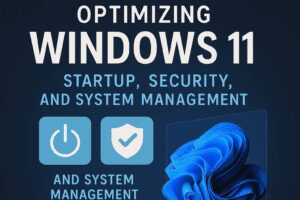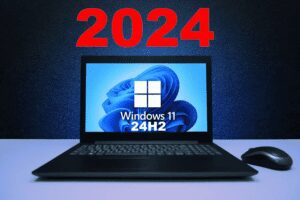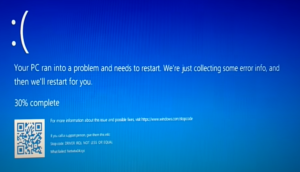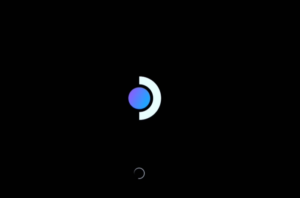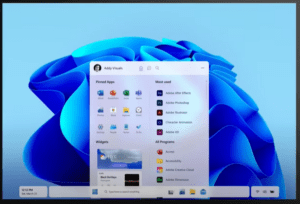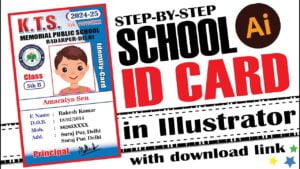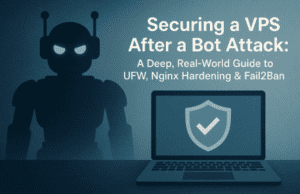Is your Windows 11 running slower than expected? Don’t worry, you’re not alone. Many users experience performance lags with Windows 11, but the good news is that there are several steps you can take to significantly speed up your system. This article provides a detailed guide on optimizing your Windows 11 for better performance by cleaning up storage, adjusting privacy settings, disabling unnecessary services, and more.

1. Enable Storage Sense to Clear Junk Files
Windows 11 comes with a handy feature called Storage Sense that can automatically delete junk files, freeing up space and improving performance.
- Go to the Start Menu and open Settings.
- Navigate to System > Storage.
- Enable Storage Sense. Once enabled, click on Clean-up recommendations.
- Check all options except for Downloads (unchecking this ensures your downloaded files are not deleted).
- Click Remove Files to clean up unnecessary files from your system.
2. Adjust Privacy Settings
Disabling certain privacy settings can also help speed up Windows 11.
- Go to Settings > Privacy & Security.
- In the General section, disable all options to prevent unnecessary data collection.
- Turn off Online Speech Recognition in the Speech settings if you don’t use voice commands.
- Under Inking & Typing Personalization, disable typing suggestions.
- Disable Optional Diagnostic Data in the Diagnostic & Feedback section unless you’re part of the Windows Insider Program.
3. Disable Unnecessary App Permissions
Reducing background activity from apps that don’t require certain permissions can help speed up your system.
- Go to Settings > Privacy & Security > App Permissions.
- Disable Location unless you use location-based services.
- Disable Camera if you’re not using the webcam for video calls.
- Turn off Notification Access for unnecessary apps.
- Disable permissions for Messaging, Contacts, and other services you’re not using.
4. Turn Off Startup Apps
Having too many programs start when your system boots can slow down performance.
- Go to Settings > Apps > Startup.
- Sort by Status and disable all unnecessary startup programs. Keep only essential programs like your anti-virus software enabled.
5. Optimize Visual Effects
Windows 11’s visual effects can be resource-intensive. Adjusting them can free up system resources.
- Press Win+R, type sysdm.cpl, and hit Enter.
- Go to the Advanced tab and click on Settings under Performance.
- Select Adjust for best performance but re-enable a few visual effects, like smooth font edges, to avoid a dull appearance.
- Click Apply and then OK.
6. Disable the Xbox Game Bar
The Xbox Game Bar is a default feature in Windows 11 but can slow down performance, especially if you don’t use it.
- Go to Settings > Gaming > Xbox Game Bar.
- Disable it unless you actively use it for gaming or recording.
7. Disable Unnecessary Windows Services
There are several background services in Windows 11 that may not be essential for your needs. Disabling them can help reduce resource usage.
- Open Search and type Services to access the Windows services manager.
- Disable the following services by right-clicking, selecting Properties, setting the Startup Type to Disabled, and clicking Apply:
- Download Map Manager (if you don’t use map services).
- Fax (if you don’t use a fax machine).
- Hyper-V (if you’re not using virtual machines).
- IP Helper (if you’re not using IPv6; but if you use JioFiber, leave this service enabled).
- Windows Image Acquisition (WIA), if you’re not using scanning or camera-related services.
- Geolocation service, if you don’t require apps to track your location.
8. Clean Up Temporary Files
Temporary files can accumulate over time, clogging up your system. Regularly cleaning these files will help keep Windows 11 fast.
- Press Win+R and type temp, then hit Enter.
- Select all the files in the folder and delete them (skip the ones in use that can’t be deleted).
- Press Win+R again, type %temp%, and repeat the process to delete user-specific temporary files.
9. Uninstall Unused Apps
Unused apps can take up space and consume system resources. Remove any apps you don’t need.
- Go to Settings > Apps > Installed Apps.
- Uninstall any unnecessary programs by clicking the three dots next to each app and selecting Uninstall.
10. Disable Notifications and Tips
Disabling notifications and Windows tips can reduce distractions and background processes.
- Go to Settings > System > Notifications.
- Scroll down to Advanced Settings and uncheck Get tips and suggestions when using Windows.
11. Disable Startup Apps and Services
Many apps automatically start when you boot your system, slowing down startup time. Disabling these can make a significant difference.
- Go to Settings > Apps > Startup.
- Disable all non-essential programs. Keep only important services like antivirus running on startup.
Conclusion
By following the steps outlined above, you can drastically improve the performance of your Windows 11 system, making it up to 200% faster. From enabling Storage Sense to cleaning up temporary files and disabling unnecessary services, these optimizations will free up system resources and create a smoother, more responsive experience. Let us know in the comments how these tips worked for you!
#Windows11 #PerformanceBoost #SpeedUpPC #WindowsOptimization #TechTips #FasterWindows #PCPerformance #CleanWindows

